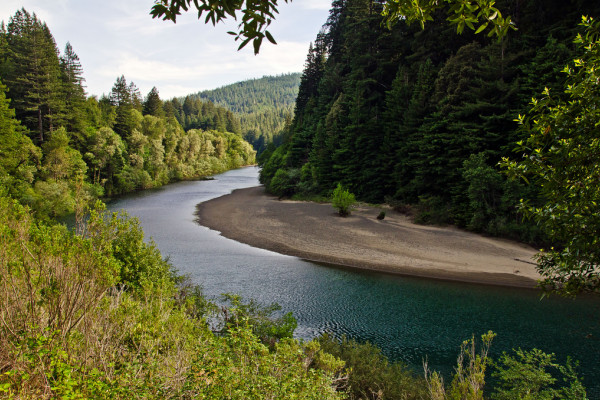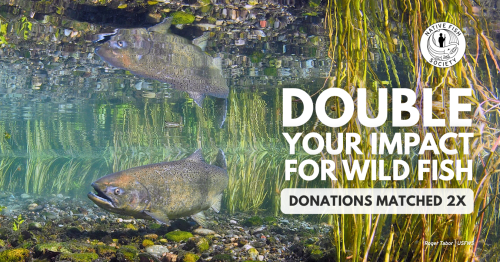California’s Eel River is the third largest watershed in the state and encompasses a drainage of nearly 3,700 square miles of diverse and rugged terrain. Four out of the five major forks of the Eel River’s headwaters start out of the west side of the California Coast Range from wilderness areas in the Mendocino National Forest with elevations of 6,000 - 8,000 feet. Flowing northwest through three counties (Lake, Mendocino, and Glen), the Eel River eventually empties into the Pacific Ocean thirteen miles south of Eureka, California. Due to its Mediterranean like climate, almost all precipitation falls as rain or snow (at elevations above 5,000 feet) in the winter, and virtually no rain falls in the summer, which results in periods of low flow and warm water temperatures occurring from June to October.
Major contributing waterbodies and sections:
- Lower Eel - Dustin Revel
- Van Duzen River - Sal Steinberg
- Upper Van Duzen River - Samantha Kannary
- North Fork - River Steward Dane Downing
- Middle Fork - River Steward Dane Downing
Wild, Native Fish
Historically, the Eel River contained the third largest run of salmonids in California, behind the Sacramento and Klamath Rivers, collectively totaling over a million fish returning annually. The Eel River is home to fall-run California Coast Chinook salmon (Oncorhynchus tshawytscha), Southern Oregon Northern California coho salmon (O. kisutch), winter-run and summer-run North California Coast steelhead (O. mykiss), resident rainbow trout (O. mykiss), anadromous coastal cutthroat trout (O. clarkii), Pacific Lamprey (Entosphenus tridentatus) and Green sturgeon (Acipenser medirostris). Of these populations, Chinook salmon, coho salmon and steelhead have all seen dramatic declines in historic populations and are currently listed as threatened under the federal Endangered Species Act.
Populations of wild, native fish in the Eel River have declined as a result of both anthropogenic and biological changes that have occurred over the last century (NMFS, 2005; Yoshiyama & Moyle, 2010). These impacts include over-harvest by commercial fisheries, habitat degradation from road building and agriculture, catastrophic flooding, legal and illegal water diversions, competition and predation from piscivorous non-native species, and loss of access to historically available suitable habitat upstream of Lake Pillsbury, created by Scott Dam in 1922 (Yoshiyama & Moyle, 2010; NMFS, 2014).
Threatened populations in the upper mainstem Eel River include distinct population segments of North California Coast Steelhead with summer-run and winter-run life history components, and fall-run California Coast Chinook salmon (NMFS, 2011). The upper Mainstem Eel River steelhead population consists of the watershed area beginning at the confluence of Soda Creek (1.3 miles below Scott Dam) and encompasses the area above Scott Dam/Lake Pillsbury and its associated tributaries (NMFS, 2015). The Upper Eel River Chinook salmon population includes all fish spawning upstream of the South Fork Eel River confluence, and all major tributaries including the Middle Fork Eel River (NMFS, 2011). Historical reviews analyzing trends in population status of upper Eel River Chinook salmon and steelhead are varied in exact numbers; however, in general, with precautions in data interpretation, NFMS has identified that current population abundance is trending downward and are considered very low compared to historical estimates (NMFS, 2011).

